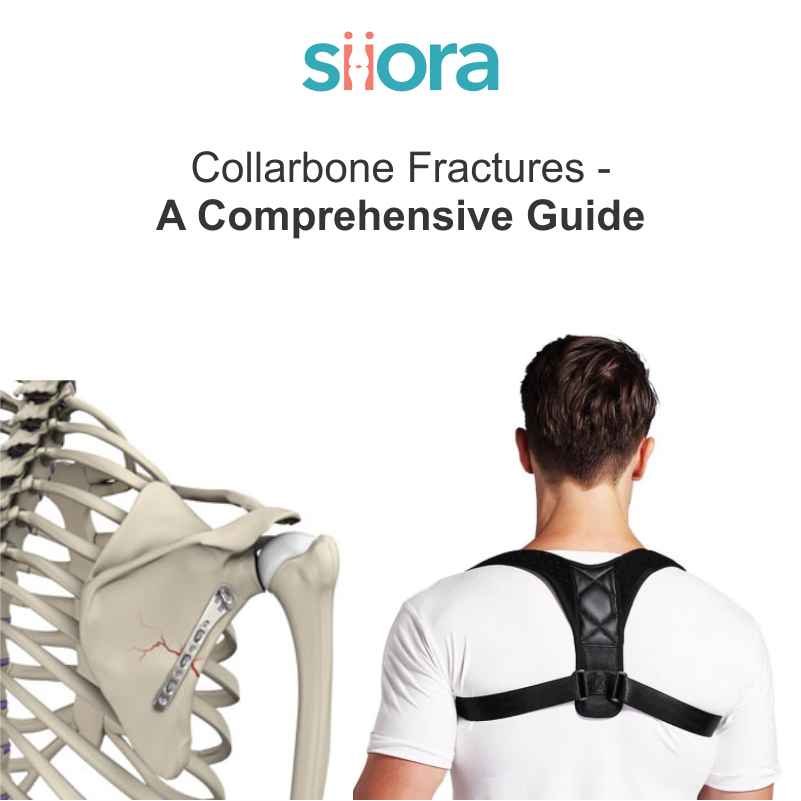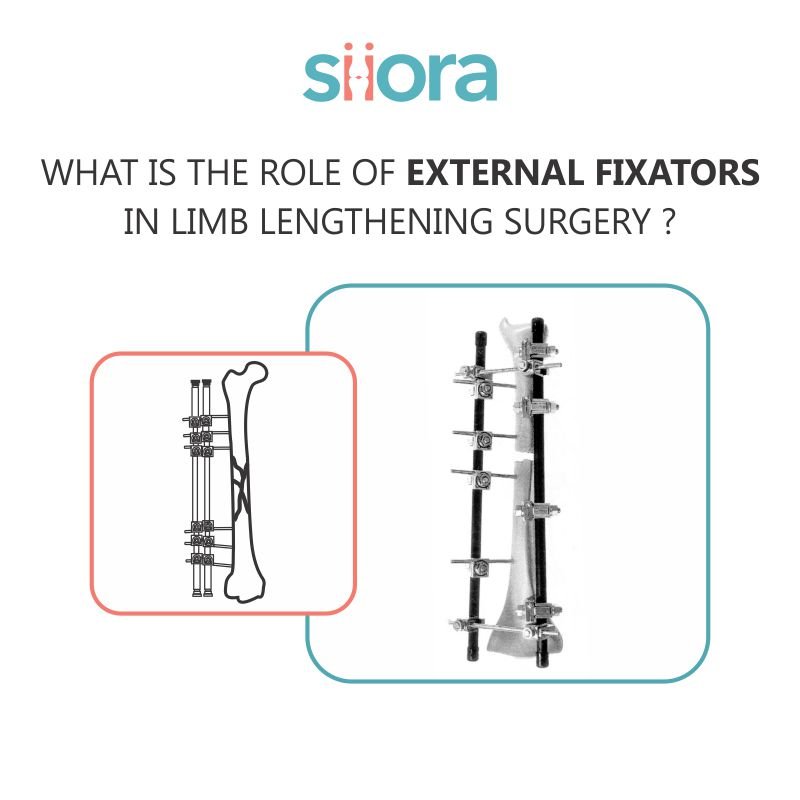The collarbone, also known as the clavicle, is that prominent bone we can feel at the top of our chest. While it might seem delicate, it plays a crucial role in supporting the shoulder and allowing for a wide range of arm movements. But like any bone, it is also susceptible to breaks. A fall, a forceful blow, or even a direct hit can lead to a collarbone fracture. Severe fractures may demand surgical intervention.
This guide delves into the world of broken collarbones, equipping you with the knowledge to navigate this common injury. We’ll explore the causes, symptoms, diagnosis, treatment options, and recovery tips to get you back on track.
What Are the Different Types of Collarbone Fractures?
Not all collarbone fractures are created equal. The location and severity of the break can influence treatment and recovery. Here are some of the most common types of collarbone fractures you should know:
Mid-shaft fracture
This is the most frequent type, occurring in the middle section of the collarbone. Most cases of mid-shaft shoulder fractures occur when someone falls on an outstretched hand.
Distal clavicle fracture
This break happens near the shoulder joint and can involve ligaments that stabilize the joint (acromioclavicular joint). It’s less common and might result from a direct hit to the shoulder.
Proximal clavicle fracture
This least frequent type occurs near the breastbone (sternoclavicular joint). It’s typically associated with high-energy impacts like car accidents.
What Are the Symptoms of a Broken Collarbone?
If you suspect a broken collarbone, listen to your body. Some of the key symptoms which may be noticed during collarbone fractures may include:
Pain
This is the most obvious symptom, often described as a sharp or throbbing pain at the fracture site. The pain intensifies with movement, especially lifting the arm.
Deformity
In some cases, the broken bone fragments might shift, causing a visible deformity like a bump or dip on the collarbone.
Swelling and bruising
The area around the fracture site might swell and become bruised due to internal bleeding.
Limited movement
Moving your arm, particularly lifting it away from your body, becomes difficult and painful.
Cracking sound
Sometimes, an audible cracking sound might be heard at the time of the fracture.
What is the Diagnosis of a Collarbone Fracture?
If you experience these symptoms after a fall or impact, it’s crucial to seek medical attention promptly. Here’s what to expect:
Physical examination
The doctor will examine your shoulder and collarbone, checking for pain, swelling, and deformity.
Imaging tests
X-rays are usually the first line of defense to confirm the fracture and pinpoint its location. In rare cases, a CT scan might be needed for a more detailed picture.
What Treatment Options Are Available for Collarbone Fractures?
The good news is that most collarbone fractures heal well with non-surgical treatment. Here’s what your doctor might recommend:
Immobilization
This is the mainstay of treatment. A sling or a special brace will be used to immobilize your shoulder and collarbone for several weeks, allowing the bone fragments to heal properly.
Pain management
Medications like pain relievers will help manage discomfort throughout the healing process.
Physical therapy
Once the bone starts healing, physical therapy exercises will be crucial to regain strength, flexibility, and full range of motion in your shoulder.
Surgery
Here are the situations in which the orthopedic specialists might recommend surgical intervention:
Displaced fractures: If the bone fragments are significantly displaced and unable to heal properly on their own.
Open fractures: Where the broken bone protrudes through the skin.
Fractures involving nerves or blood vessels: In rare cases, the fracture might damage nearby nerves or blood vessels, necessitating surgery.
Wherever possible, the orthopedic surgeon prefers arthroscopy (minimally invasive surgery) where shoulder arthroscopy implants are used. However, in certain cases, traditional open surgery is required.
What Are the Tips for a Speedy Collarbone Recovery?
While a broken collarbone can be frustrating, following these tips can optimize your healing journey:
- Rest and wear the sling as instructed. Don’t rush the process; give your body the time it needs to mend.
- Manage pain with medication as prescribed by your doctor.
- Attend all physical therapy appointments. These exercises are vital to regain strength and mobility.
- Maintain good posture. This helps to prevent further strain on the healing fracture.
- Apply ice packs to the area for pain relief and reduce swelling.
- Eat a healthy diet rich in calcium and vitamin D to support bone healing.
- Be patient and listen to your body. It can take several weeks to regain full function.
How Long Does Recovery Take After the Treatment of a Collarbone Fracture?
A broken collarbone, also known as a clavicle fracture, can sideline you from your favorite activities for a while. But don’t worry! The good news is that these bone fractures typically heal well with proper care and most people regain full use of their arm within a reasonable timeframe.
There are certain factors that play a role in deciding the timeline of recovery after a collarbone fracture. Let us have a look:
Age
Children tend to heal much faster than adults. For kids under 8, it might only take 3 to 6 weeks. Adolescents and adults generally take longer, with a range of 6 to 12 weeks for most adults.
The severity of the fracture
A clean break with minimal bone displacement heals quicker than a fracture with multiple fragments or significant displacement.
Overall health
If you have other health conditions that can impact bone healing, like osteoporosis, recovery might take a bit longer.
While you wait for your bones to mend, you’ll likely wear a sling to support your arm and manage pain. Physical therapy is also crucial to regain strength and movement in your shoulder.
Always consult your doctor for a personalized recovery timeline and specific instructions for your situation. They can monitor your progress and ensure your fracture heals properly.
In the meantime, stay positive! With proper care and patience, you’ll be back to using your arm without limitations in no time.








